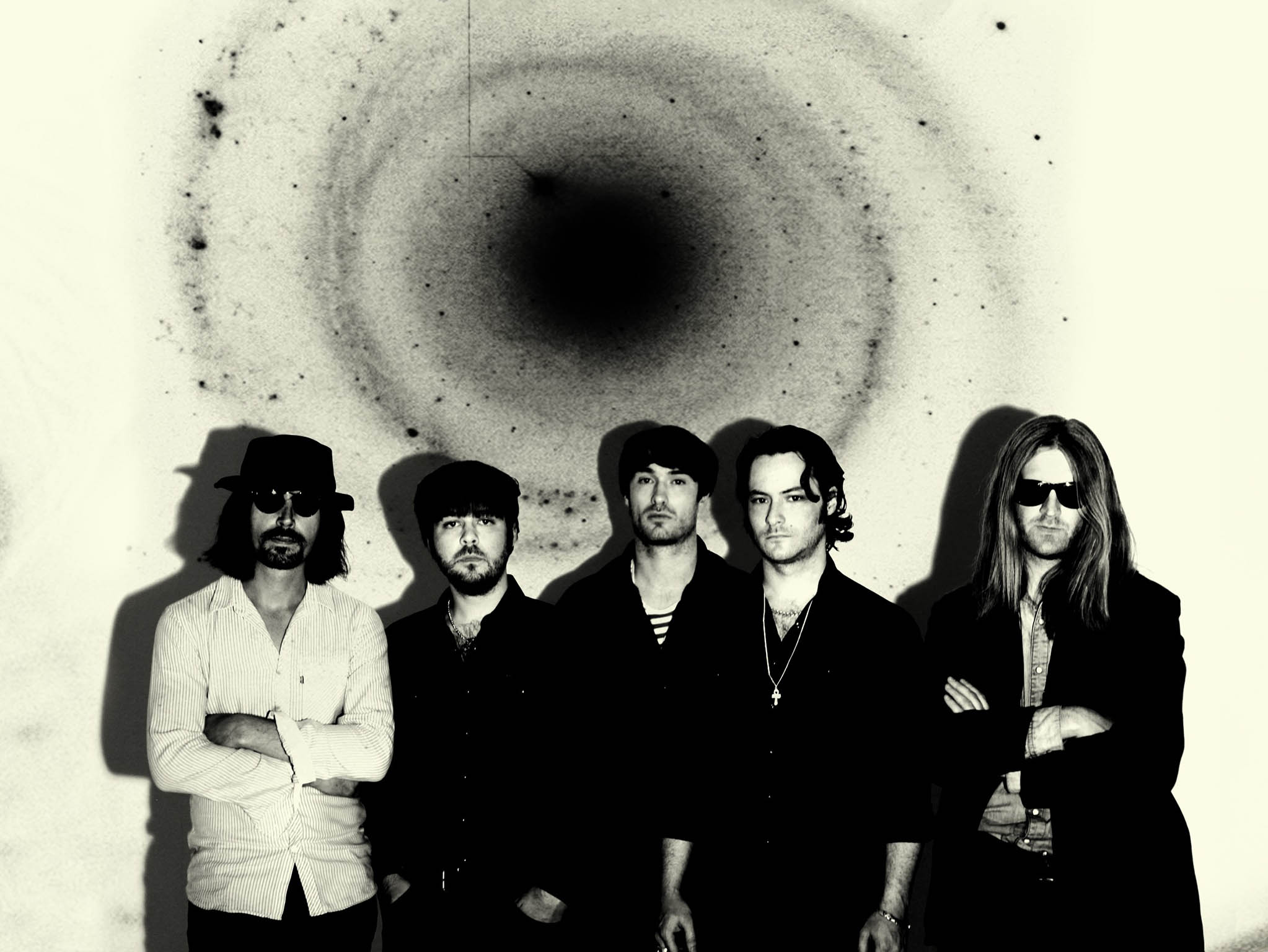The comeback album can be a risky proposition, either confirming the decline that led to the retreat or providing evidence of the revitalisation of a band’s spirit.
Distance Inbetween lies firmly in the latter camp, presenting a band not just reconnecting with their roots but extending their reach beyond previous recordings.
It’s a welcome return, and something of a surprise: recorded after guitarist Bill Ryder-Jones’ departure, 2010’s folksy Butterfly House suggested the group had lost much of the impetus that drove their early successes.
The appearance in 2014 of an album of unreleased material from a decade before seemed like the last-gasp gambit of a group on the brink of break-up – but ironically, it was while preparing The Curse of Love for release that The Coral rediscovered their creative mojo, leading to the leap forward of Distance Inbetween.
There’s always been a pronounced lysergic element to The Coral’s music, and never more so than on this new album, which seethes with mellotron strings, backwards guitar solos and fantastical speculations.
It’s also their heaviest work yet – hardly metal, but certainly darker and thicker in sound than anything they’ve done before. Oddly, that’s as much to do with the band’s idiosyncratic harmonies as their amped-up guitars: the chunky boogie riffing of “Million Eyes”, for instance, is tempered with eerie harmonies that add a sinister gothic tinge; and instead of a guitar solo, the central breakdown section is like a deserted mausoleum.
Elsewhere, both “Holy Revelation” and “Fear Machine” find The Coral exploring heavier territory than they’ve done before.
But it’s the psychedelic gleam that most illuminates Distance Inbetween, right from the opening bars of “Connector”, which lopes in on an hypnotic guitar and synth groove.

“I’m the connector, you’re the receiver,” sings James Skelly, “You’re the rejecter, I’m the believer” – and the new-found belief surges from there into the rest of the album. “White Bird” sounds like The Pretty Things circa SF Sorrow, all wiry guitars, sonic fizz and awestruck harmonies; and “Chasing the Tail of a Dream”is effectively a faster, itchier reboot of Pink Floyd’s iconic inner-space epic “Set the Controls for the Heart of the Sun”.
Enjoy unlimited access to 100 million ad-free songs and podcasts with Amazon Music
Sign up now for a 30-day free trial
Enjoy unlimited access to 100 million ad-free songs and podcasts with Amazon Music
Sign up now for a 30-day free trial
The cosmic tone extends through “Beyond the Sun”, where over rumbling tom-toms, arpeggiating guitars and surging mellotron, Skelly sketches a fantasy land of “rooms of crystal fire beyond the sun”.
I’ve no idea what he’s on, but it’s having an effect: “You’re looking for a free ride, heading for a fall,” he sings in “It’s You”, “and it’s you I’m turning into”. Ian Skelly’s punchy, declamatory drumming is almost as effective here as on “Fear Machine”, where its thunderous, tribal presence drives a heavy blues-rock riff strong enough to carry the album’s most piercing guitar break.
The solo is provided by new member, ex-Zuton Paul Molloy, who proves a particularly inventive replacement for Bill Ryder-Jones and the recently departed Lee Southall: his backwards guitar work on “Miss Fortune” is quite extraordinary, perfectly controlled threads lacing together the track’s unique blend of krautrock beat and pop colour.
But there’s barely a moment on Distance Inbetween that doesn’t ooze new-found strength and inspiration – even the closing “End Credits”, a mellotron cameo that sounds as if it were recorded on a wax cylinder, boasts a haunting melody and eerie charm entirely in keeping with the album’s character and quality. It all makes for the most welcome comeback of the year so far.

Join our commenting forum
Join thought-provoking conversations, follow other Independent readers and see their replies
0Comments